The Evolution of NFT Standards: From ERC-721 to ERC-1155
Imagine a digital world where unique, verifiable ownership of digital assets is not just a concept, but a reality. That’s the power of Non-Fungible Tokens (NFTs). But how did we get here? The story unfolds through the evolution of NFT standards, beginning with the groundbreaking ERC-721 and leading to the more versatile ERC-1155. Join us as we explore this fascinating journey and delve into the future of digital asset ownership.
The Genesis: ERC-721
Before ERC-721, the Ethereum blockchain primarily dealt with fungible tokens like Ether (ETH). These are interchangeable, like dollar bills. But what about representing unique digital items like a piece of art or a collectible trading card? That’s where ERC-721 came in, introducing the concept of non-fungibility to the blockchain. Each ERC-721 token is unique, identifiable by a distinct token ID. Think of it like a digital fingerprint.
Key Features of ERC-721:
- Uniqueness: Each token is distinct and non-interchangeable.
- Ownership: Clearly defines ownership of a specific digital asset.
- Metadata: Allows for associating metadata like image URLs, descriptions, and other attributes with the token.
ERC-721 powered some of the earliest NFT success stories, including CryptoKitties, which famously congested the Ethereum network in 2017. This demonstrated both the potential and the limitations of the standard.

Enter ERC-1155: The Multi-Tool Standard
While ERC-721 laid the foundation, it had some drawbacks. Creating and managing large numbers of unique NFTs could be inefficient and costly. This is where ERC-1155 stepped in, offering a more flexible and scalable solution. Developed by Enjin, ERC-1155 combines the best of both worlds: it can represent both fungible and non-fungible tokens within a single contract.
Key Advantages of ERC-1155:
- Efficiency: Can manage multiple token types (both fungible and non-fungible) within a single contract, reducing gas costs and storage requirements.
- Batch Transfers: Allows for transferring multiple tokens in a single transaction, significantly improving efficiency.
- Flexibility: Supports both fungible tokens (like in-game currency) and non-fungible tokens (like unique items) within the same ecosystem.
Imagine a game where you have both gold coins (fungible) and legendary swords (non-fungible). ERC-1155 lets you manage both within the same smart contract, streamlining development and improving the user experience.
“ERC-1155 is a significant step forward in the world of NFTs, offering a powerful and efficient solution for managing digital assets on the blockchain.” – Witek Radomski, Enjin CTO
Beyond the Standards: The Future of NFTs
The evolution of NFT standards doesn’t stop with ERC-1155. New standards and improvements are constantly being explored. These advancements focus on further enhancing scalability, interoperability, and user experience.
Emerging Trends in NFTs:
- Layer-2 Scaling Solutions: Moving NFT transactions to Layer-2 solutions like Polygon and Optimism reduces gas costs and increases transaction speed.
- Metaverse Integration: NFTs are becoming integral components of metaverse platforms, representing virtual land, avatars, and other digital assets.
- Decentralized Autonomous Organizations (DAOs): DAOs are using NFTs for governance and membership, enabling decentralized community ownership and control.
- Dynamic NFTs: NFTs whose attributes can change over time based on real-world events or user interactions.
Conclusion
From the foundational ERC-721 to the versatile ERC-1155 and beyond, the evolution of NFT standards reflects the rapid innovation in the blockchain space. As these standards continue to develop, we can expect to see even more creative and impactful applications of NFTs, transforming the way we interact with digital assets and shaping the future of the internet.

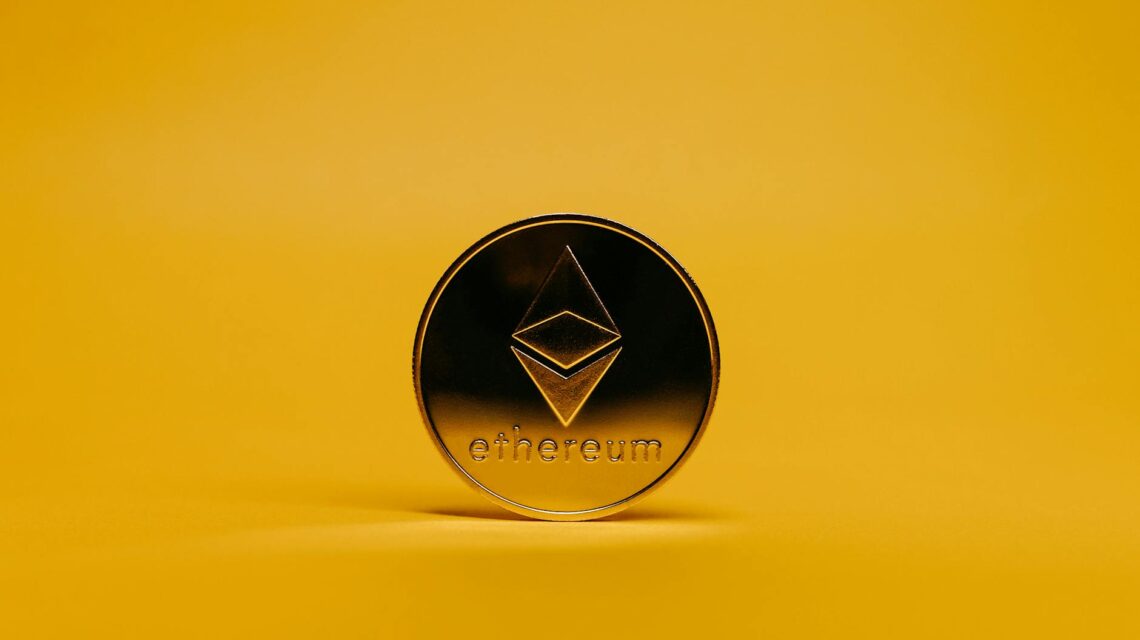

 Fractional NFTs: Unlock High-Value Asset Ownership
Fractional NFTs: Unlock High-Value Asset Ownership  Crypto Rug Pulls: What They Are & How to Avoid Them
Crypto Rug Pulls: What They Are & How to Avoid Them 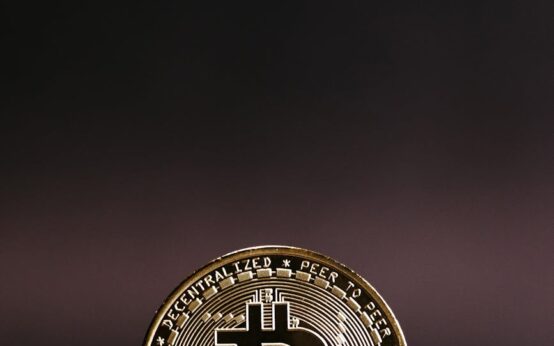 Revolutionizing Supply Chains: The Impact of Blockchain
Revolutionizing Supply Chains: The Impact of Blockchain  DeFi Insurance: Your Guide to Protecting Crypto Assets
DeFi Insurance: Your Guide to Protecting Crypto Assets 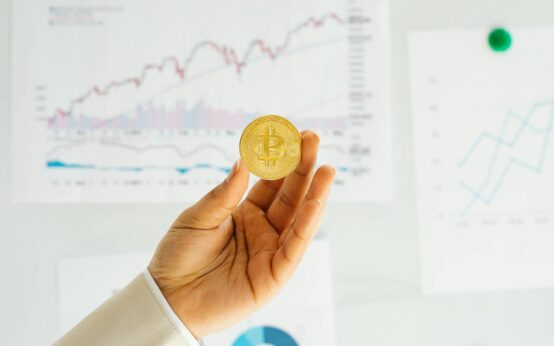 Crypto Chart Pattern Trading: A Comprehensive Guide
Crypto Chart Pattern Trading: A Comprehensive Guide  Bridge Your Crypto Assets Across Blockchains: A Simple Guide
Bridge Your Crypto Assets Across Blockchains: A Simple Guide  Fractional NFTs: Unlock High-Value Asset Ownership
Fractional NFTs: Unlock High-Value Asset Ownership  Crypto Rug Pulls: What They Are & How to Avoid Them
Crypto Rug Pulls: What They Are & How to Avoid Them 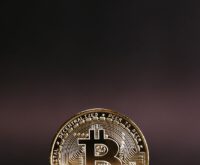 Revolutionizing Supply Chains: The Impact of Blockchain
Revolutionizing Supply Chains: The Impact of Blockchain 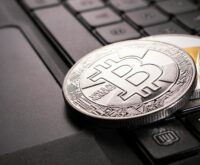 DeFi Insurance: Your Guide to Protecting Crypto Assets
DeFi Insurance: Your Guide to Protecting Crypto Assets  Crypto Chart Pattern Trading: A Comprehensive Guide
Crypto Chart Pattern Trading: A Comprehensive Guide  Bridge Your Crypto Assets Across Blockchains: A Simple Guide
Bridge Your Crypto Assets Across Blockchains: A Simple Guide